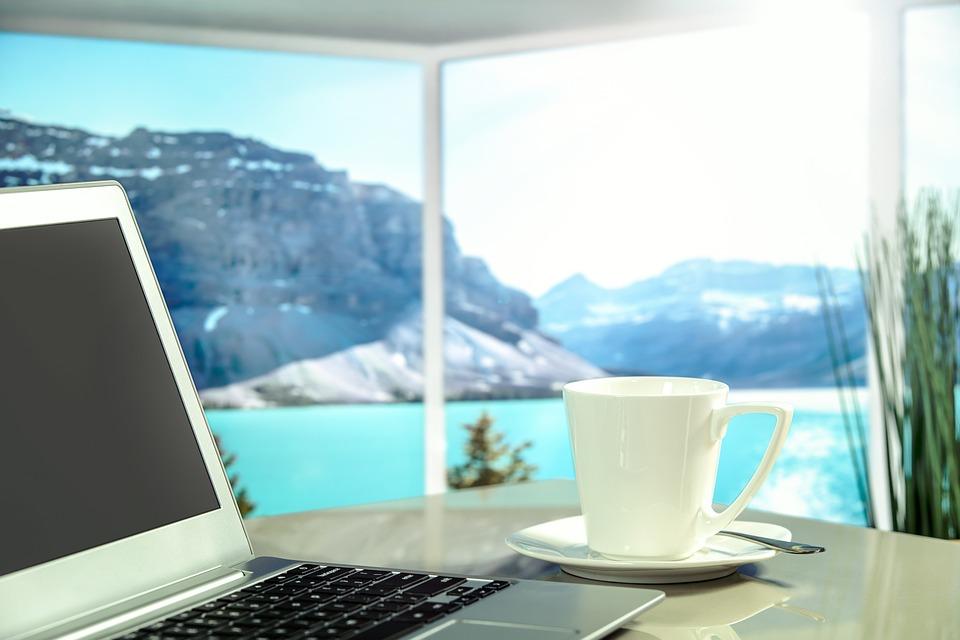
Philadelphia Freedom
So Much To Do — So Little Time
It’s easy to get to by air but we decided to drive. Traveling through New York State is one of the great road trips you can take. You pass through a majestic landscape, wonderful rolling hills and low mountainous terrains. It is about a seven-hour drive from Ottawa to Philly. We arrived in Philadelphia at night and were immediate seized by the size and grandeur of its large boulevards and grand buildings.
We were fortunate to be booked into the historic Kimpton Hotel Palomar (www.hotelpalomar-philadelphia.com), a LEED Gold-certified Art Deco boutique-style hotel housed in the 80-year-old American Institute of Architects Building in downtown Philly. If you visit, be sure to dine at Square 1682, the hotel’s restaurant which features local American cuisine combined with world influences.

Philly is a great walking city – especially in the core. Our first stop was at The Barnes Foundation (www.barnesfoundation.org). This museum was established by Albert C. Barnes in 1922 and holds one of the finest collections of post-impressionist and early modern paintings, with extensive works by Pierre-Auguste Renoir, Paul Cézanne, Henri Matisse, Pablo Picasso, Henri Rousseau, Amedeo Modigliani, Chaim Soutine and Giorgio de Chirico, as well as American masters Charles Demuth, William Glackens, Horace Pippin and Maurice Prendergast. The collection is so eclectic. It also includes Old Master paintings, African sculpture and Native American ceramics, jewelry and textiles, American paintings and decorative arts and antiquities from the Mediterranean and Asia. It is all so interesting and impressive that we lost track of time. This is a must-see.
Philadelphia has a plethora of wonderful restaurant choices. The city is known for its pretzels, tomato pizza and Philly cheese steaks. Before heading to our next stop we visited a local diner and ordered one of each. And it was worth every carb.
Re-energized, we headed over to the Philadelphia Museum of Art (www.philamuseum.org). With a collection of more than 227,000 works of art and more than 200 galleries with painting, sculpture, works on paper, photography, decorative arts, textiles, and architectural settings from Asia, Europe, Latin America, and the United States, it’s one of the largest museums in the United States. You could easily spend two or three days making your way through the many interesting exhibits. Since we only had one afternoon, we decided on one called Spy: Secret World of Espionage – a fascinating exhibit that took a behind-the-scenes look at true stories of international intrigue and espionage and featured more than 200 items and unusual artifacts, such as the ice axe used to kill Leon Trotsky, CIA items never before shown to the public, and the famous ENIGMA machine used by Germany in WWII to send coded messages to its military. Special pins given to all undercover OSS agents in WW2, a two-man submarine, a robotic catfish used by the CIA, as well as numerous disguises and the stories behind the agents who used them are all on display.
Next was a visit to the National Constitution Center (NCC)at Independence Mall (www.constitutioncenter.org). The NCC is the only museum in the world dedicated to the United States Constitution and explores the four-page document through exhibitions and artifacts. It is a spectacular tribute to Democracy and the U.S. Founding Fathers. First you enter an amphitheatre and with the help of an interpreter and a unique historical video, you are taken through the birth of America’s history, pre-Indepen-dence to the present day. Afterward you are shuffled out into one of the most impressive historical museums in the world. You can rent an audio guide or read the script next to each display that narrates in some detail the great moments in U.S. history. The last display is a large room with life-size bronze statues of all the Founding Fathers as they would have appeared in 1776. American exceptionalism is the overriding narrative here and it works.
Our last stop of the day was the Liberty Bell Center (www.nps.gov/Inde/Liberty-Bell-Center.htm). The 2,080-pound Liberty Bell is a famous symbol of independence for American citizens and has a biblical inscription: “Proclaim liberty throughout all the land unto all the inhabitants thereof.” When the bell arrived in Philadelphia in 1752, it was hung in place and when tested, it immediately cracked. Two artisans were hired to recast it twice. It was first called the “Liberty Bell” in the 1830s, by a group of abolitionists who adopted it as a symbol of their cause to end slavery. In the late 1800s, the Liberty Bell traveled around the USA to expositions and fairs to help heal the divisions of the Civil War.

Happily exhausted with all the ground we had covered that day, we walked back to the hotel. Philadelphia is located at the confluence of the Schuylkill and Delaware Rivers. Known as the City of Brotherly Love, Philadelphia was founded by William Penn in 1681 when King Charles II ceded a large piece of his American land holdings to Penn to satisfy a debt the King owed to Penn’s father. Penn was a real estate entrepreneur who envisioned his Philadelphia to be the perfect combination of city and country. He built the city around a plan that incorporated five major squares with wide streets to act as barriers against fires. He encouraged families to build homes with large gardens by deliberately distributing the land in large plots to encourage a low population density. Penn was also a Quaker who promoted religious tolerance and this inclusiveness attracted people of many different faiths to Philadelphia.
Within 20 years of Penn’s arrival, the experiment for his visionary city had worked and Philadelphia was the third largest city in the new colonies, behind Boston and New York. Penn was an early supporter of colonial unification and was the first to press for a Union of all the English colonies in what was later to become the United States of America. By the 18th century, Philadelphia had become the United States’ largest city – first capital and home of the Liberty Bell, Declaration of Independence, and Constitution. As we walked through the grand parks and crossed wide boulevards, it was easy for us to see that Philly has proudly retained its founder’s vision as a beautiful and wonderfully modern metropolis that still places a high premium on its parks, trees, gardens, lawns and green spaces.
Cityfoodtours.com/philadelphia is an informative sightseeing tour that combines food tasting with a walk around the city. You learn about Benjamin Franklin, William Penn, and how they got a Philadelphia Flyers Jersey on the Penn Statue atop City Hall plus other local trivia while tasting pretzels, cheese steaks, tomato pie, Philadelphia cream cheese and many other treats. Half the fun is listening to the very interesting and charismatic native Philadelphian guide share all kinds of gems about the city’s fascinating history and characters. The best part of this excursion was being able to go where the locals really eat — all low-key, independently owned, charming places that speak to the city’s unpretentious and fun nature. A trip highlight for me was visiting the impressive City Hall—the second-largest municipal building in the United States. Often described as an architectural treasure inside and out, the exterior is covered with sculptures representing the seasons and continents, as well as allegorical figures, heads and masks, including a 27-ton statue of city founder William Penn atop the tower.
Of all the things we did in Philly — and they were all fantastic — DeTours Urban Excursions (www.detourstouring.com) was unexpectedly my favourite. It was my first time ever on a Segway tour. There is a 20- minute training program before you head out I can’t think of a better way to tour a city. Our guide was great. Halfway through, it started pouring rain and we all pulled out the ponchos provided to us and kept going. It was warm out and the rain felt good on our faces as we skirted through the streets of Philly marveling at its modern skyscrapers, historic colonial houses, grand neighbourhoods, pleasant shopping districts and the many buildings covered with graffiti art (Philly has the largest public mural art program in the world). You can cover in three hours what would take almost two days if you were walking.
As we headed out of the city on the drive home, we knew one thing for sure about Philadelphia. We’ll be back to this incredible city!
www.visitphilly.com or www.uwishunu.com











